A guide to the Paleo diet: hunting, gathering and eating
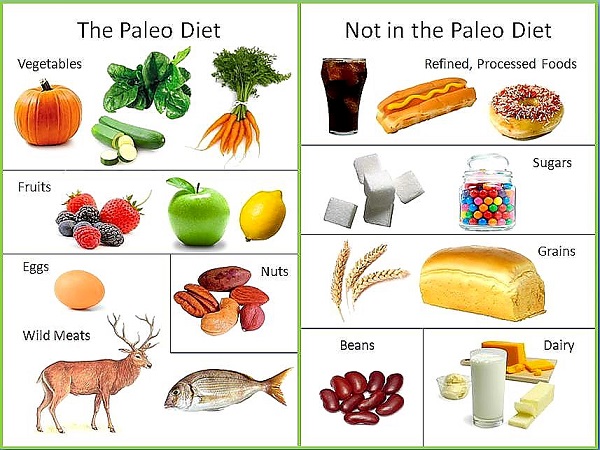
Mimicking the prehistoric era of human history almost about 2.6 million years ago, the Paleo diet was born. During this time known as the Palaeolithic era, humans sustained themselves by gathering plants, fishing, hunting or scavenging for wild animals.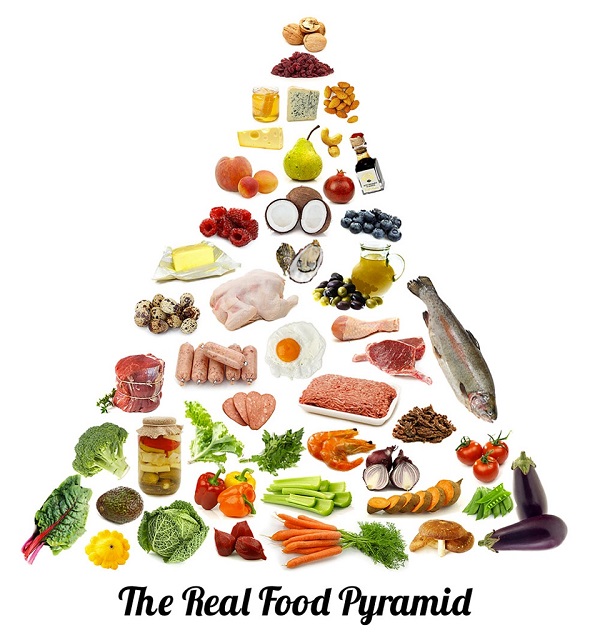
Sounds like too much work right? But wait until you hear the benefits!
It is believed that these hunter-gatherer human beings were free from the illnesses and disease that modern man now faces. Obesity, cardiovascular and immune diseases were not prevalent during this period. This justifies the diet being superior to that of western standards.
The Paleo diet is a nutritional approach that works with your genetics to help you stay lean, strong and energetic! This means excluding foods rich in refined foods, unsaturated fats i.e. bad fats and sugar.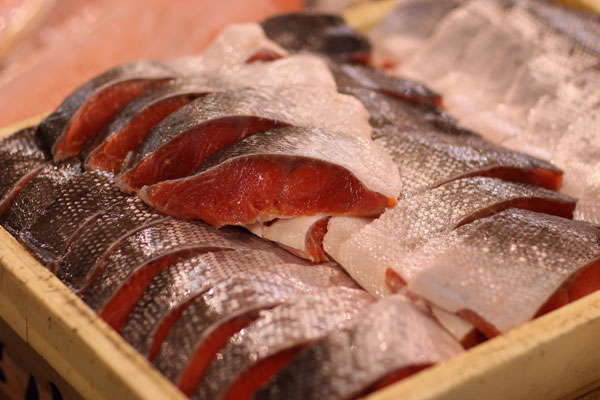
Dr Loren Cordain is the world’s foremost authority on the evolutionary basis of diet and disease and has written more than 100 peer reviewed papers on the Paleo way of life. In his book The Paleo Diet, Cordain explains that one’s diet should be rich in lean proteins, fruits, vegetable and healthy fats.
Foods recommended are free-range fresh meats that include beef, pork, lamb, poultry, game meat, fish and seafood. All of which are known to support strong muscle and bone, also supporting the immune function. Fruits and vegetables that are rich in anti-oxidants and fibre also form part of the diet.
Fats are included too. This word scares everyone, but we are not all aware that healthy fats exist. These fats, mono-unsaturated and omega-3, are required to help reduce obesity, cancer, diabetes and cardiovascular diseases. The fats can be found in olives, coconuts, avocados, macadamia nut, walnuts and flaxseeds.
Lucy Pennington
If this way of life speaks to you, read more on the Paleo website.

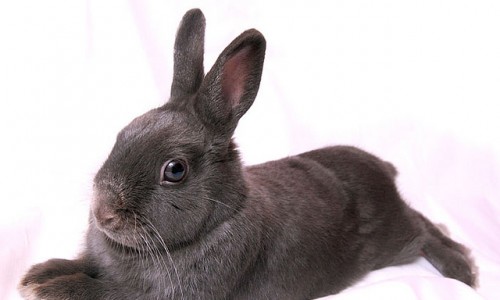
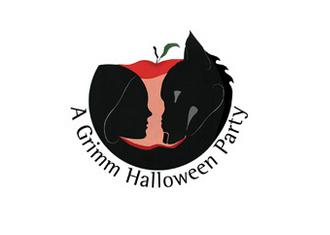

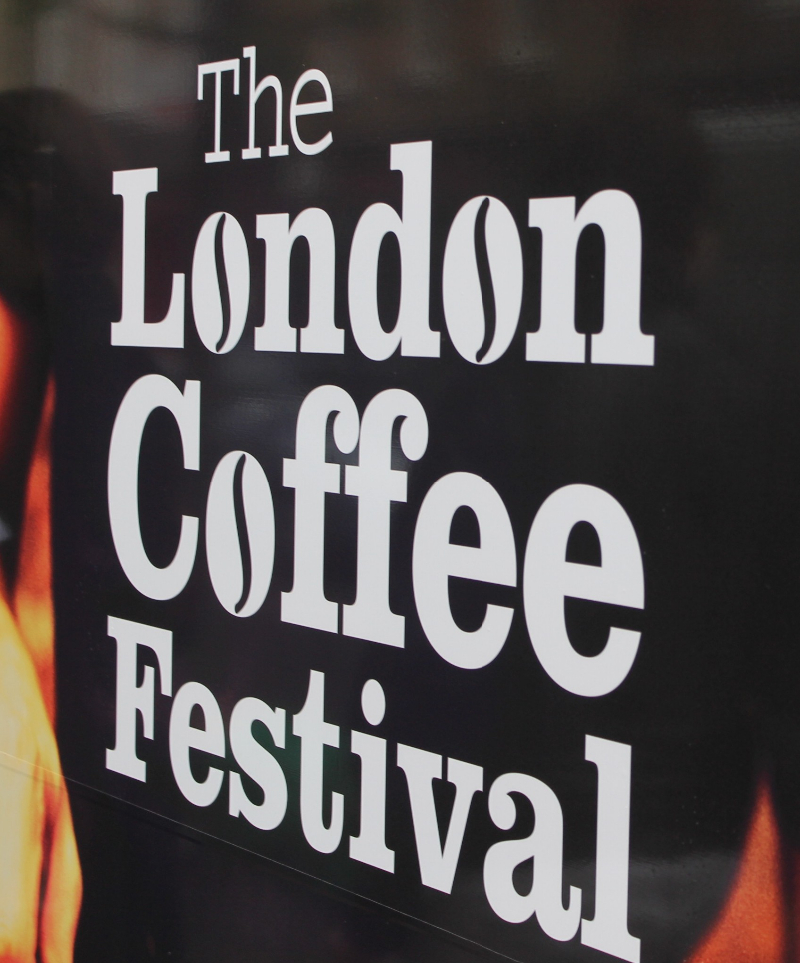
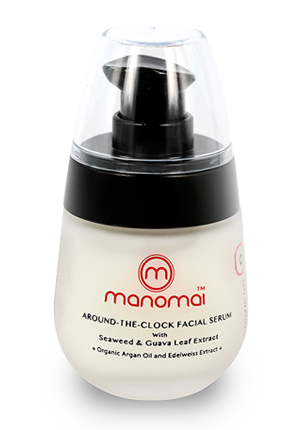
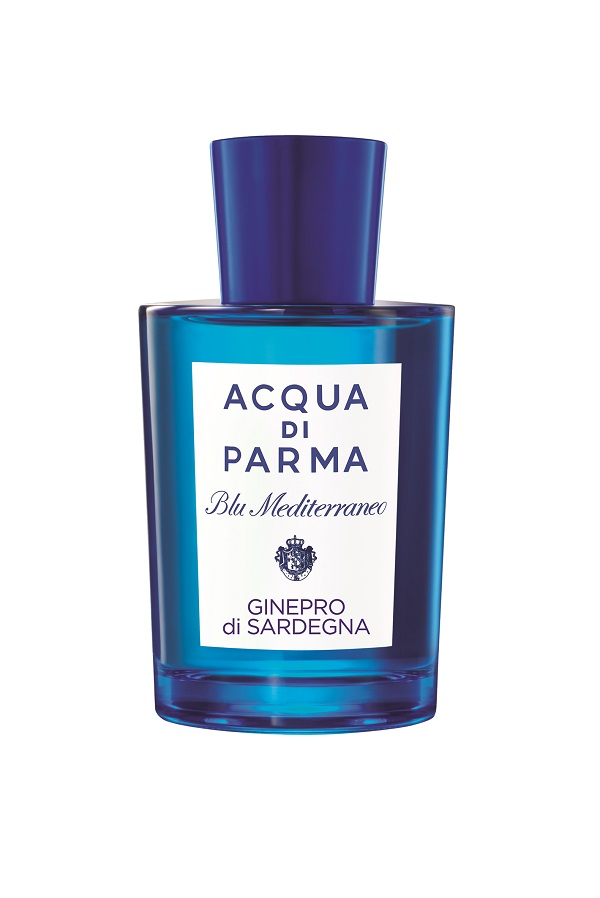










Facebook
Twitter
Instagram
YouTube
RSS